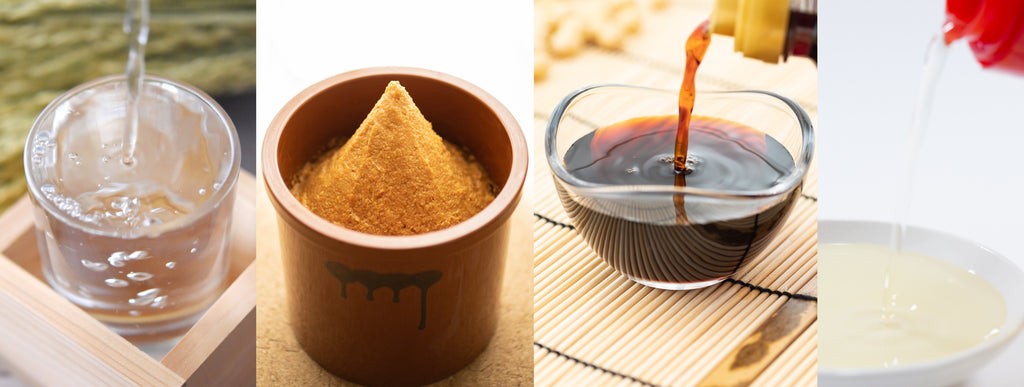You’ve likely encountered Japanese culinary staples like sake, miso, shoyu (soy sauce), and mirin. But have you ever wondered about the essential ingredient that binds them together? The answer lies in a single word: koji.
Decoding Koji: The Mold That Makes Magic
Koji, often stylized as kōji or kouji, refers to grains—typically rice, soybeans, or barley—that have been inoculated with Aspergillus oryzae, a specific type of mold also known as koji mold. The process involves introducing this mold to steamed grains under carefully controlled warm and humid conditions to encourage its growth. This cultivation kicks off a powerful fermentation process responsible for the unique flavors and textures of numerous Japanese delicacies.
Rice is the most popular grain used to make koji. This is called koji rice.
Koji rice serves as the foundation for sake, miso, shoyu, mirin, amazake (a traditional sweet drink), pickles, and various condiments. In essence, these foods owe their distinctive character to fermentation by koji mold. Over centuries, koji has become an integral part of Japanese food production, shaping the nation’s culinary identity.
While the West also utilizes molds in food production, notably in cheese and “noble rot” wines, Japan stands out for its diverse application of a single mold, Aspergillus oryzae, across a wide spectrum of food products. This begs the question: what makes koji so special?
The Power of Koji: Unveiling the Flavor and Health Benefits
The secret of Koji lies in its fermentation process. During this transformation, koji mold unleashes over 100 different types of enzymes. Proteases and amylases are the most important in this case. Proteases break down proteins into amino acids, including glutamate, which delivers a rich, savory taste known as umami. Amylases, on the other hand, convert starch into glucose, imparting sweetness.
Consequently, koji-infused foods boast a complex flavor profile marked by umami, sweetness, and a distinct aroma that arises from fermentation.
Beyond flavor, koji offers health benefits. The enzymes it produces aid digestion and strengthen the immune system. Additionally, koji provides essential nutrients like B vitamins and minerals.
Koji provides flavor and health benefits, it’s easy to see why it’s so popular!
Koji’s Resurgence: From Traditional Homes to Global Kitchens
While koji was once a household staple, particularly for those who made miso and shoyu at home, its presence gradually faded with modernization. However, the last decade has witnessed a remarkable revival of koji in Japanese kitchens. This resurgence is largely attributed to the rise of shio-koji, or salted rice koji, as a popular condiment. Today, you can easily find both salted rice koji and koji itself readily available in stores, reflecting its renewed popularity.
The pandemic has made people more aware of their food life. Because of this, they started cooking at home and made fermented foods with koji. You can see lots of fermented food recipes with koji.
The appeal of koji extends beyond Japan’s borders. Top chefs in the United States and France are increasingly recognizing the flavor-enhancing properties of salted rice koji, appreciating its ability to enrich a wide variety of dishes.
After more than 1,000 years, koji is still developing in different ways.
Unlock the Flavors of Koji: Start Your Fermentation Journey
Ready to explore the world of koji? Here are a couple of options to get you started:
Make Shio-koji at Home:
Shio-koji (Japanese fermented condiment) Recipe
Recommended Koji Products:
Koji Rice 300g 米こうじ
This is the most common type of koji, and it is made with rice.
Koji Brown Rice 300g 玄米こうじ
This koji is made with brown rice and contains lots of vitamins, minerals and fibers. You can use it in the same ways as regular rice koji.
Osada Tea: Organic Yamabuki Nadeshiko, Kurokoji Fermented Tea 有機山吹撫子
Kurokoji (black koji) is used for the fermentation of this tea. For more information, visit the product page.

